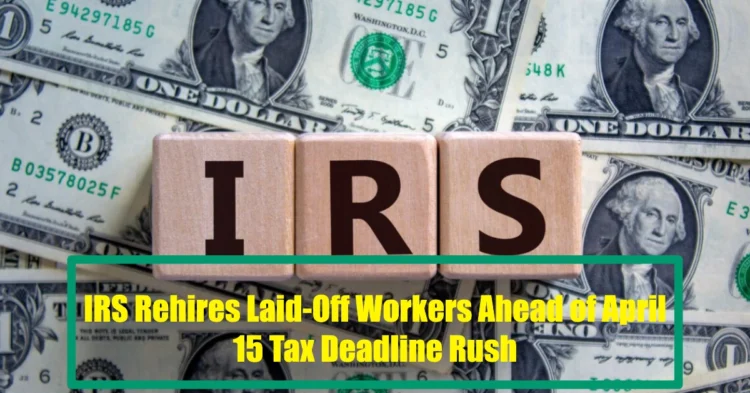Block’s Cash App, originally known for its seamless peer-to-peer payment services, is rapidly evolving into a comprehensive banking platform. According to Bloomberg, the app has shown significant progress in its mission to diversify beyond simple payments, signaling a shift that could reshape the landscape of digital banking. Direct Deposit Surge: A Key Indicator of Banking Continue reading
Top 10 CRA Tax Credits and Deductions You Can Claim in 2025
Tax season is here, and with the CRA’s April 30, 2025 deadline quickly approaching, millions of Canadians are scrambling to file their taxes. Whether you’re a student, parent, worker, or caregiver, the good news is that there are plenty of tax credits and deductions available to reduce your tax burden or increase your refund. Many Continue reading
United Healthcare Settles Robocalls Class Action for $3.49 Million
In a significant development for consumers affected by unsolicited robocalls, UnitedHealthcare has agreed to a $3.49 million class action settlement. This settlement aims to resolve claims that the company violated the Telephone Consumer Protection Act (TCPA) by placing unauthorized calls about its Optum HouseCalls program. If you’ve been bombarded with these calls, here’s everything you Continue reading
USD/CAD Rebound Stalls as Trump Tariffs Loom
The USD/CAD currency pair has recently experienced a pullback from its fresh weekly high of 1.4415. This shift comes as US President Donald Trump edges closer to imposing reciprocal tariffs, stirring up volatility in the forex market. The Canadian Dollar (CAD) is now at a crossroads, with upcoming developments in US trade policy and the Continue reading
IRS Rehires Laid-Off Workers Ahead of April 15 Tax Deadline Rush
Court Orders IRS to Reinstate 7,000 Workers—But They’re Not Back at Work Yet In a surprising turn of events, a federal court has mandated the Internal Revenue Service (IRS) to rehire around 7,000 probationary employees who were fired in February. However, instead of returning to active duty, these workers were placed on administrative leave, leaving Continue reading
March 2025 FTC Refunds Who’s Receiving Payments?
The Federal Trade Commission (FTC) has been busy sending out refunds to consumers impacted by deceptive business practices. These payments are part of settlements made to resolve various claims, offering relief to thousands of people across the country. If you’ve been affected, here’s everything you need to know about the latest FTC refunds. 1. NutraClick Continue reading
Wells Fargo Customers Can Claim Up to $5,000 in $19.5M Settlement All You Need Is Your Phone Number
A Major Settlement Brings Relief to Affected Californians In a significant legal development, Wells Fargo, along with other companies, has agreed to a $19.5 million settlement to resolve allegations of privacy violations. This class-action lawsuit stems from claims that The Credit Wholesale Company unlawfully recorded phone calls without customer consent, violating California’s Invasion of Privacy Continue reading
Chapter 31 VA Benefits 2025: Eligibility, Payment Schedule & How to Apply for VR&E Program
Veterans who have served in the U.S. military and sustained service-related disabilities are eligible for a variety of federal assistance programs. Among them, the Chapter 31 VA Benefits 2025 program, officially known as the Veteran Readiness and Employment (VR&E) Program, is designed to help veterans with disabilities secure employment, regain independence, and cope with financial Continue reading
Cash App Settlement 2025: When Will You Get Paid & How to Check Your Payout Status?
Millions of Cash App users affected by fraudulent transactions and data breaches are eagerly awaiting their Cash App Settlement 2025 payout. The $15 million settlement fund is set to compensate eligible users who experienced unauthorized access, transaction losses, and data security issues between August 23, 2018, and August 20, 2024. If you filed a valid Continue reading
Canada CRA Parental Benefits in 2025 Eligibility, Payment Amounts & Dates Explained
Parental benefits in Canada are financial aids designed to ease the financial burden of raising a child. They allow parents to take time off work to care for their newborn or newly adopted child without worrying about income loss. Key Types of Parental Benefits: These programs aim to support families during crucial early years, ensuring Continue reading










